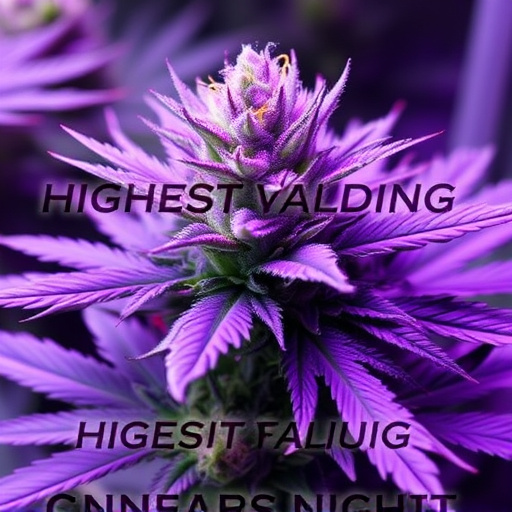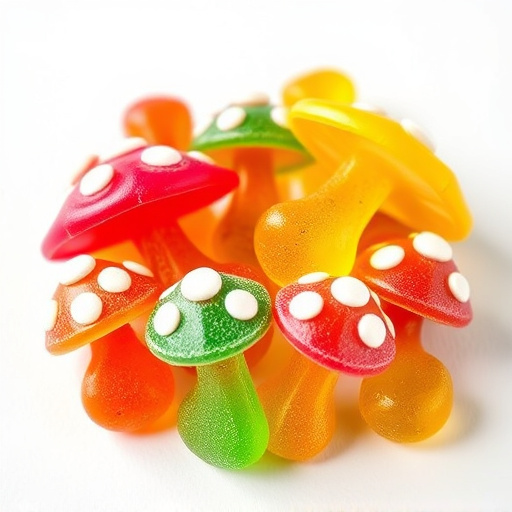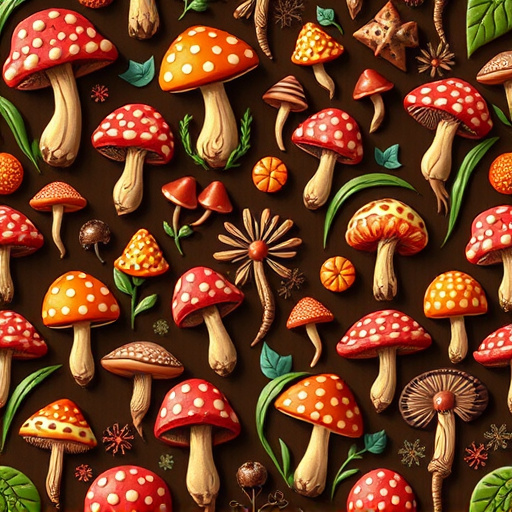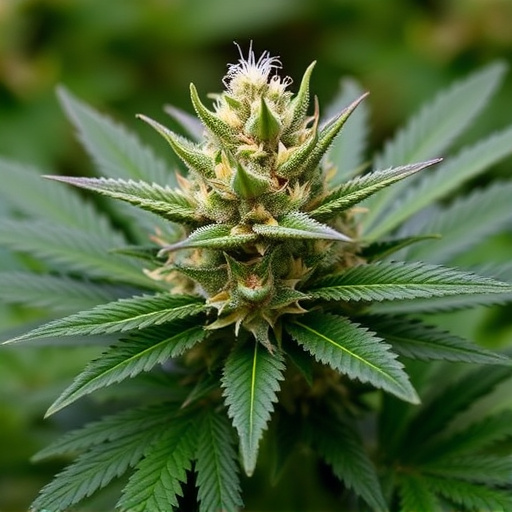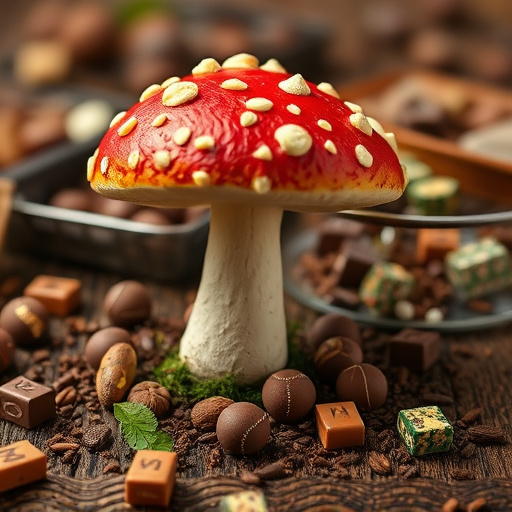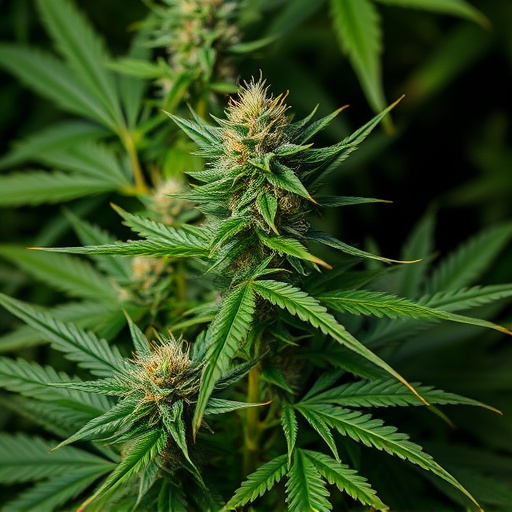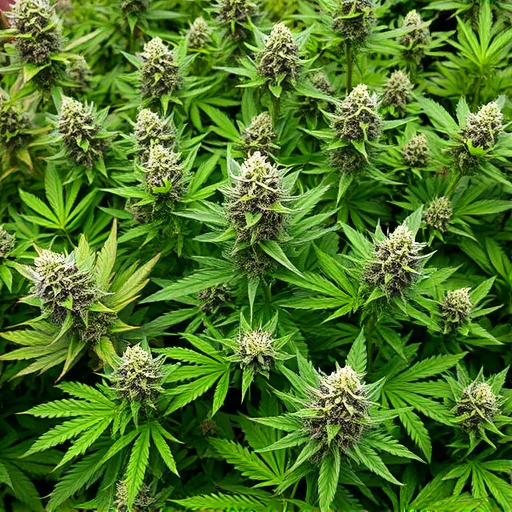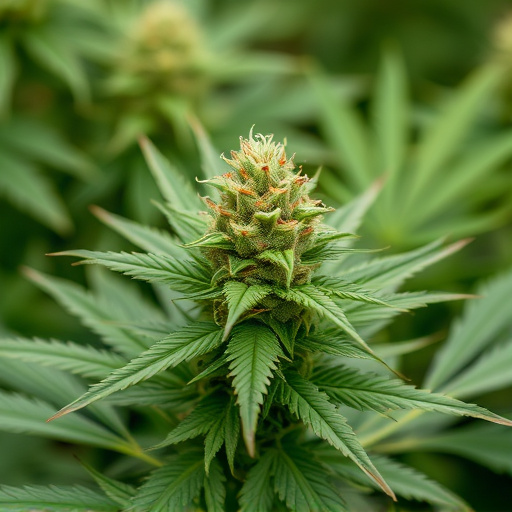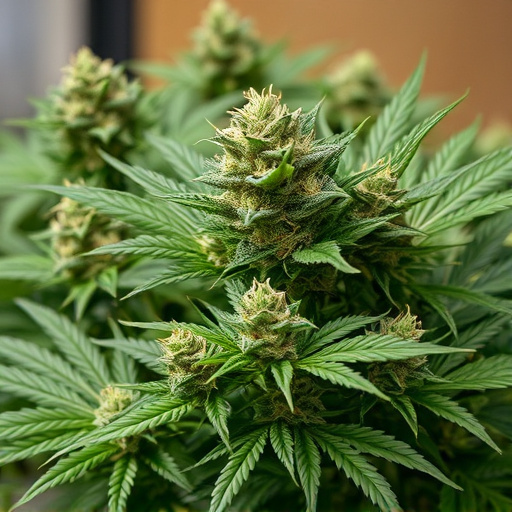Medicinal cannabis strains, with varying compositions of THC and CBD, offer diverse therapeutic benefits. THC, known for its psychoactive effects, aids in managing chronic pain, nausea, and anxiety by interacting with brain receptors. CBD, lacking psychoactivity, reduces inflammation, alleviates stress, and has neuroprotective properties, making it beneficial for epilepsy, multiple sclerosis, and psychiatric disorders. The optimal dosage involves understanding individual conditions, recognizing strain profiles, considering tolerance, and starting low. Balancing THC and CBD is crucial; high THC may induce anxiety, while CBD offers anti-inflammatory benefits without psychoactivity. Personalized guidance from healthcare professionals ensures safe and effective consumption tailored to specific health needs.
Unsure about how to navigate the world of medicinal cannabis strains? Finding the right THC and CBD dosage is crucial for optimal relief and safety. This guide delves into understanding these compounds, their distinct roles and effects on the body, and explores key factors influencing individual dosage requirements. Learn practical tips to find the perfect balance for safe consumption and unlock the full potential of medicinal cannabis.
- Understanding THC and CBD: Their Roles and Effects
- Factors to Consider When Determining Dosage
- Finding the Optimal Balance: Tips for Safe Consumption
Understanding THC and CBD: Their Roles and Effects
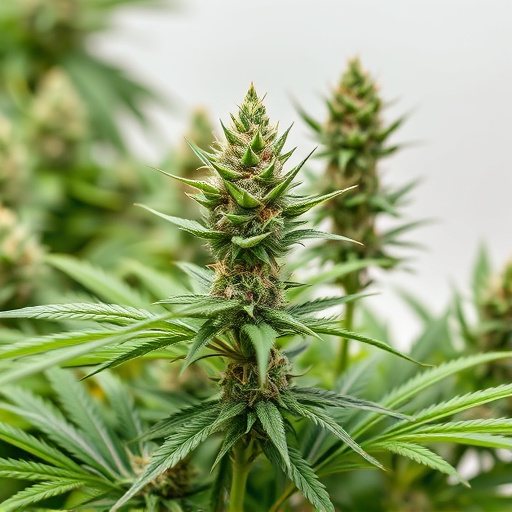
Medicinal cannabis strains are gaining popularity due to their complex chemical profiles, which include THC (tetrahydrocannabinol) and CBD (cannabidiol). Both compounds play distinct roles in the body’s endocannabinoid system, influencing various physiological processes. THC is primarily known for its psychoactive properties, evoking feelings of euphoria and relaxation associated with getting ‘high’. This makes it effective for managing conditions like chronic pain, nausea, and anxiety, as it interacts with specific receptors in the brain and central nervous system.
On the other hand, CBD lacks these psychoactive effects but is renowned for its potential therapeutic benefits. It doesn’t bind directly to the same receptors as THC, instead, it modulates the activity of endocannabinoid receptors and interacts with other receptor systems, potentially reducing inflammation, alleviating stress, and even offering neuroprotective effects. As a result, CBD has gained attention for its use in treating conditions like epilepsy, multiple sclerosis, and certain psychiatric disorders.
Factors to Consider When Determining Dosage
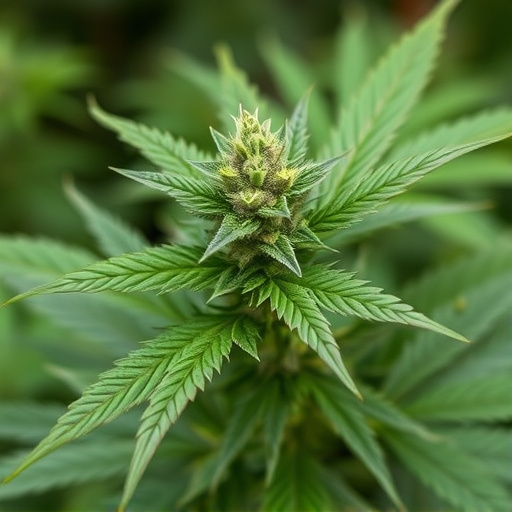
When determining the right dosage for medicinal cannabis strains, several factors come into play. Firstly, understanding your specific condition or symptoms is key. Different medicinal cannabis strains offer unique profiles of THC (tetrahydrocannabinol) and CBD (cannabidiol), each with varying effects on the body and mind. For instance, higher THC levels can provide stronger pain relief but may also increase anxiety, while CBD-rich strains are often sought for their anti-inflammatory properties without psychoactive effects.
Additionally, individual tolerance and sensitivity to cannabis should be considered. Factors like age, weight, medical history, and overall health can influence how one’s body processes and reacts to cannabinoids. Starting with a low dose and gradually increasing as needed is generally advised, especially for beginners or those using cannabis for the first time. This approach allows individuals to gauge their response and find the optimal balance of THC and CBD that meets their therapeutic needs without adverse effects.
Finding the Optimal Balance: Tips for Safe Consumption
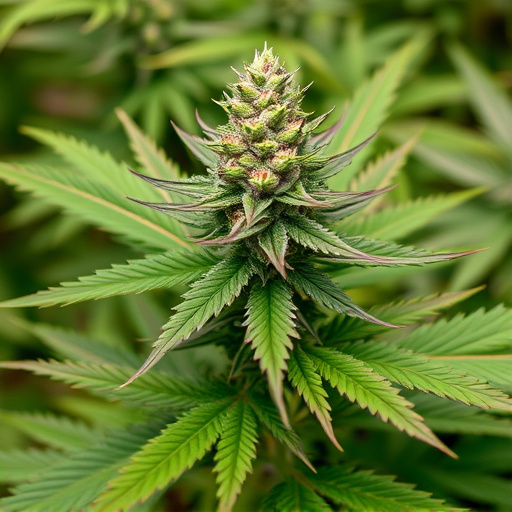
Finding the optimal balance between THC and CBD is crucial for safe and effective medicinal cannabis strains consumption. THC, known for its psychotropic effects, can induce relaxation and pain relief but may also cause anxiety or paranoia in high doses. CBD, on the other hand, lacks these psychoactive properties while offering anti-inflammatory and anxiolytic benefits. The ideal ratio varies from person to person, depending on individual tolerance and desired effects.
To navigate this balance, start with a low THC content and gradually increase it while closely monitoring your body’s reaction. Keep a consumption journal to track dosage, effects, and any adverse reactions. Consume CBD alongside THC to mitigate potential anxiety without losing the therapeutic benefits of both compounds. Always consult with a healthcare professional or qualified cannabis clinician for personalized guidance tailored to your specific health needs.
When seeking the right THC and CBD dosage, understanding the unique interplay between these cannabinoids in medicinal cannabis strains is key. By considering individual factors like tolerance, desired effects, and health conditions, you can navigate the optimal balance for safe and effective consumption. Remember, finding your sweet spot may involve trial and error, but with patience and informed choices, you can unlock the full potential of these remarkable compounds.

